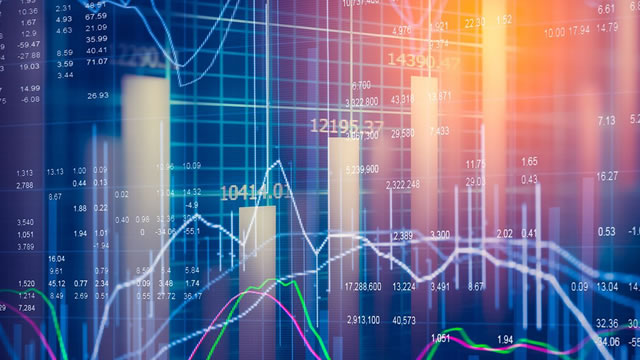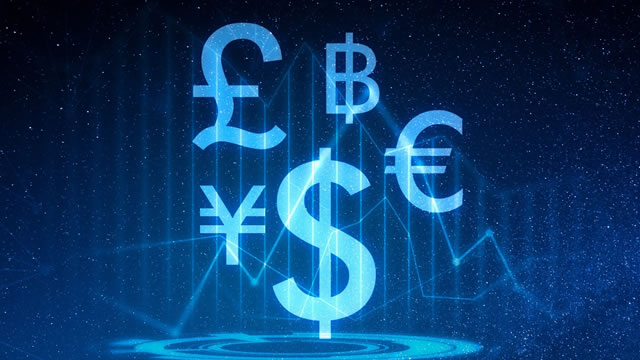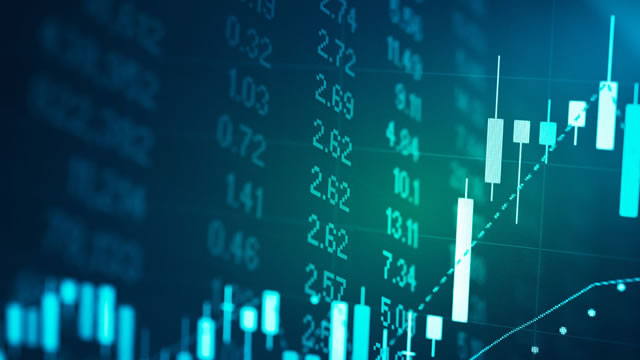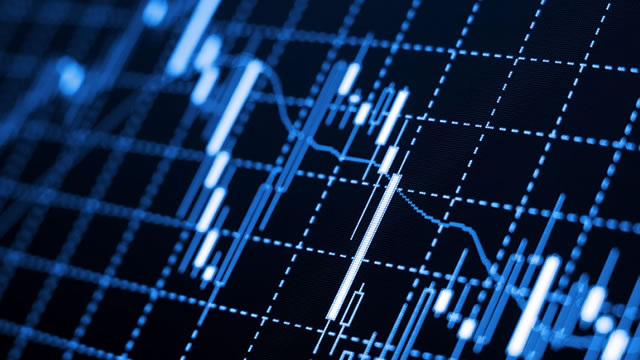Gold has been a hot topic in the financial markets recently, with prices holding above $2,800 as fears of tariffs and PCE inflation data drive safe-haven demand. Investors are closely watching Federal Reserve policy decisions and economic risks to see if prices will continue to climb towards the $3,000 mark.
The uncertainty in the global economy has led many investors to flock to gold as a safe-haven asset. With geopolitical tensions rising and trade tensions between the US and China escalating, gold has become an attractive option for those looking to hedge against market volatility.
The recent release of the PCE inflation data has also played a role in driving up demand for gold. As inflation fears begin to mount, investors are turning to the precious metal as a way to protect their wealth and portfolio.
The Federal Reserve’s monetary policy decisions will also have a significant impact on the price of gold. If the Fed continues to signal a dovish stance and keep interest rates low, gold prices could continue to climb higher. On the other hand, any hints of tightening monetary policy could lead to a pullback in gold prices.
Overall, the current environment of economic uncertainty and inflation fears is creating a perfect storm for gold prices to soar towards the $3,000 mark.
Based on the information provided, the rise in gold prices could have a significant impact on individual investors. Those who have exposure to gold in their portfolios may see an increase in their wealth as prices continue to climb. On the other hand, those who do not have exposure to gold may want to consider adding it to their investment mix as a way to hedge against market volatility.
From a global perspective, the rise in gold prices could have a broader impact on the economy. Countries that are major producers of gold may see an increase in their revenues and economic growth. On the other hand, countries that rely heavily on imports of gold may face higher costs, which could put pressure on their economies.
In conclusion, the current environment of tariff fears, inflation data, and economic risks is driving up demand for gold as a safe-haven asset. With Federal Reserve policy decisions and global economic factors at play, it remains to be seen if gold prices will continue to climb towards the $3,000 mark. Investors should carefully monitor these developments and consider the role of gold in their investment portfolios.





